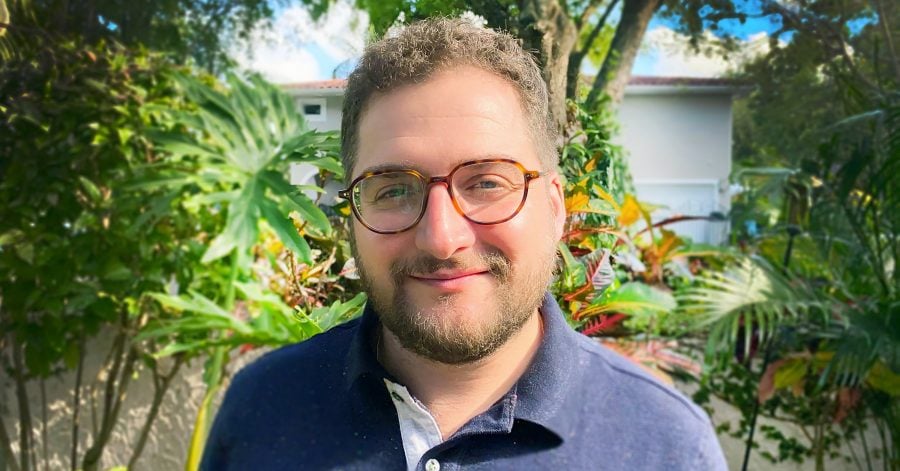CEE startups face very unique legal problems. In this article, we will explore the most common mistakes that CEE entrepreneurs make.
DIY + Bad Advice
Many CEE founders opt for do-it-yourself (DIY) legal solutions without any assistance from a specialized startup lawyer. DIY is ok if the founders are serial entrepreneurs and have a general idea of how the US legal documents should work for an early-stage company. For example, using Clerky or Atlas/Stripe services is quite standard and I encourage clients to use these services. However, more often than not founders download legal templates off the internet and make edits that do not make economic or corporate governance sense. Similar things happen when founders recycle convertible notes from friends without understanding the conversion mechanics or deal terms. There are a lot of traps in doing everything by yourself. A good startup lawyer will help you and if you can’t afford a lawyer you should stick to services like Clerky, but not modify the standard terms.
A corollary of DIY legal is getting free advice from “experts”. Recently we heard a CEE founder say that he spoke with a senior manager at UiPath and he told the startup they should do X. X was actually unacceptable at the pre-seed/seed stage. When we asked if this person is a lawyer or has experience with early-stage startups, we heard crickets. Before we got involved the company was already broken. There is also plenty of free legal advice on the internet. A lot of it is very decent but the information is mostly applicable to companies with US-based founders and don’t take into account unique CEE legal problems. In conclusion although tempting, free legal advice by so called “experts” leads to many founder mistakes.
Skeletons in the closet
Another problem is waiting till the term sheet from a VC to clean up the skeletons in the company’s closet. Many CEE founders wait too long to address fundamental problems in the company. Many mistakes can be solved earlier and waiting till the TS makes the clean-up costly. For example, not documenting founder departures, not incorporating the proper way (wrong state or wrong entity type), selling IP to customers without actually assigning IP from founders and employees to startup, not updating the cap table, calculation mistakes in stock purchase agreements. It pays to be diligent and if you have skeletons in the closet, be upfront about them with investors.
Keep it Simple
Many CEE entrepreneurs are tempted to complicate things at the seed stage. The more CEE founders complicate things in the company the less likely they are going to be successful in attracting top investors. Making things complicated can include simple things like unusual vesting terms, unusual decision making or unusual organizational structure. For example, recently we saw US company founded by CEE founders with three subsidiaries in one CEE country. The three subsidiaries were for the purpose of R&D, contracting and ownership. From a legal perspective there was no need for this complexity. Instead the company group should have consisted of a US Company and 1 subsidiary in CEE. Again, de-risking the company by making everything standard is the way to go.
Founder Special Purpose Vehicle (SPV)
As mentioned before, complexity is the enemy of CEE founders at the seed stage. An unnecessary complication is the founder’s special purpose vehicle (SPV) to own shares of the startup. There is a general misconception among CEE founders that this is acceptable, while in practice this is a red flag for most seed investors. Founder SPVs complicate vesting and proper assignment of IP from the founders to the startup. Some CEE founders claim that SPVs are meant to protect them from taxation or protect their identity. This argument is reasonable on the face; however, it shows that the founder is either too optimistic about the future of the company or does not realize that a founder SPV is a red flag for the majority of VCs.
Vesting
CEE founders also keep pushing back against standard vesting terms. Standard vesting includes monthly vesting over a 4-year vesting period, termination for cause (bad and good leaver) and double trigger language. Increasing the vesting to 5+ years or decreasing the standard vesting below the 4-year threshold is problematic. There has to be rational for any deviation from standard vesting terms as they are expected by top SV and EU investors. Time again and again correct vesting provisions protect founders and the company from abusive founders.
Sign the documents
Many CEE entrepreneurs forget to sign the legal paperwork before they start on their startup adventure. It is crucial that everyone signs the applicable legal paperwork before the company starts selling to customers or an MVP/PoC is prepared. A typical CEE situation is a gentleman’s handshake (not even an email confirmation) among founders. Then the founders start fighting and the documents remain unsigned. Most handshake deals among CEE founders are unenforceable. This leads to founder disputes, missing IP assignments or unsigned non-compete agreements. It is also not good practice to download the documents from Clerky and wait indefinitely to sign them. This also can lead to significant legal risks.
Employees/Advisors/Founders?
A lot of positions in an early stage company are fluid. For example, many employees are treated like founders. In other instances, advisors are presented as founders. This is a statistically frequent case in companies with CEE founders. Many times, investor presentations contain inaccurate descriptions of founders’ roles, which do not match up with their legal roles or legal documents. Recently, I worked with a company that had a full time VC as co-founder of the company with 33% of the cap table. In a normal situation the VC would be only an advisor with 2% of the company on a 2-year vesting schedule. In another CEE startup that I worked with, an early employee believed he was entitled to 10% of the cap table because he was the initial software engineer. In a normal situation, the software engineer might be entitled to 1% of the company over a 4-year vesting schedule. In both cases the startups opted for DIY legal. If they retained a good lawyer or got good advice they would have saved money on the clean-up. In conclusion, CEE founders should be super clear about the roles of the people they engage in their startup. The key is to sign the right paperwork.
Cap table horror
Another legal problem area for CEE startups is cap table management. Because there is no registry of shareholders in the state of Delaware, proper cap table management is crucial for early-stage companies. Most times CEE founders don’t realize this and fail to maintain proper records. In order to maintain a good cap table, the CEE startup should reconcile their actual cap tables against current legal documents. The actual reconciliation mostly happens prior to getting a term sheet from an investor. This leads to increased cost as lawyers need to get involved in matching up the electronic cap table against the legal documents. By the time the company’s cap table is reviewed by a lawyer it might have gone through several SAFE/convertible note financing or founder departures without a general cap table update. Frequently, cap tables managed by CEE founders contain rounding errors and calculations mistakes. This can be avoided if CEE startups utilize Carta, Pulley or Shareworks to keep their cap tables up to date. Best practice is for the startup to reconcile the cap table once a quarter. It is also important to designate one of the founders to manage the cap table. This role should be given to the COO.
IP Assignment
IP issues are another headache for CEE startups. IP issues arise in two scenarios in CEE startups. First scenario happens when the founders are in stealth mode and work at large tech companies in CEE (Google or Cisco). Big Tech employers have very aggressive IP assignment agreements which might prevent the founders working on the project after hours. Founders ignore this and incorporate the startup while still working at Big Tech, but when they receive their TS from a seed investor it turns out that the IP was created during their time at Big Tech. Lawyers for the seed investor also confirm that the date of executed IP assignments overlapped with employment at Big Tech. In plain English this means that IP is not fully owned by the CEE startup and the founders’ former employer has claim on the IP. The second scenario involves disgruntled founders and early employees who for some reason fail to sign UP assignments at the incorporation or when they joined the company. This is a very common fact pattern among CEE startups. The CEE startup is not investable until it solves the IP issue.
These are a few of the traps that early-stage CEE founders fall into. This is why it is advisable to seek advice from legal experts in the tech startup space to support you in your startup journey.








